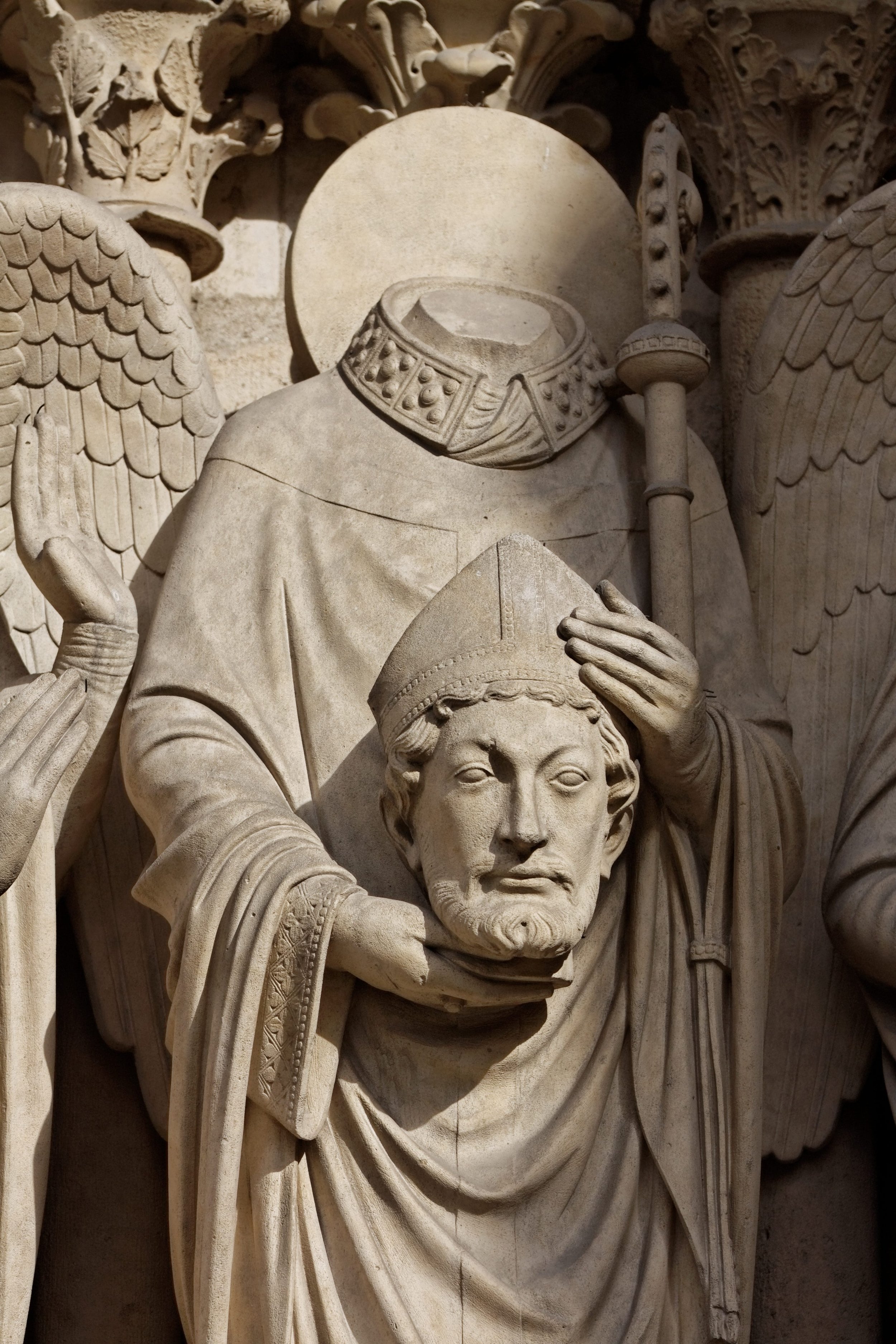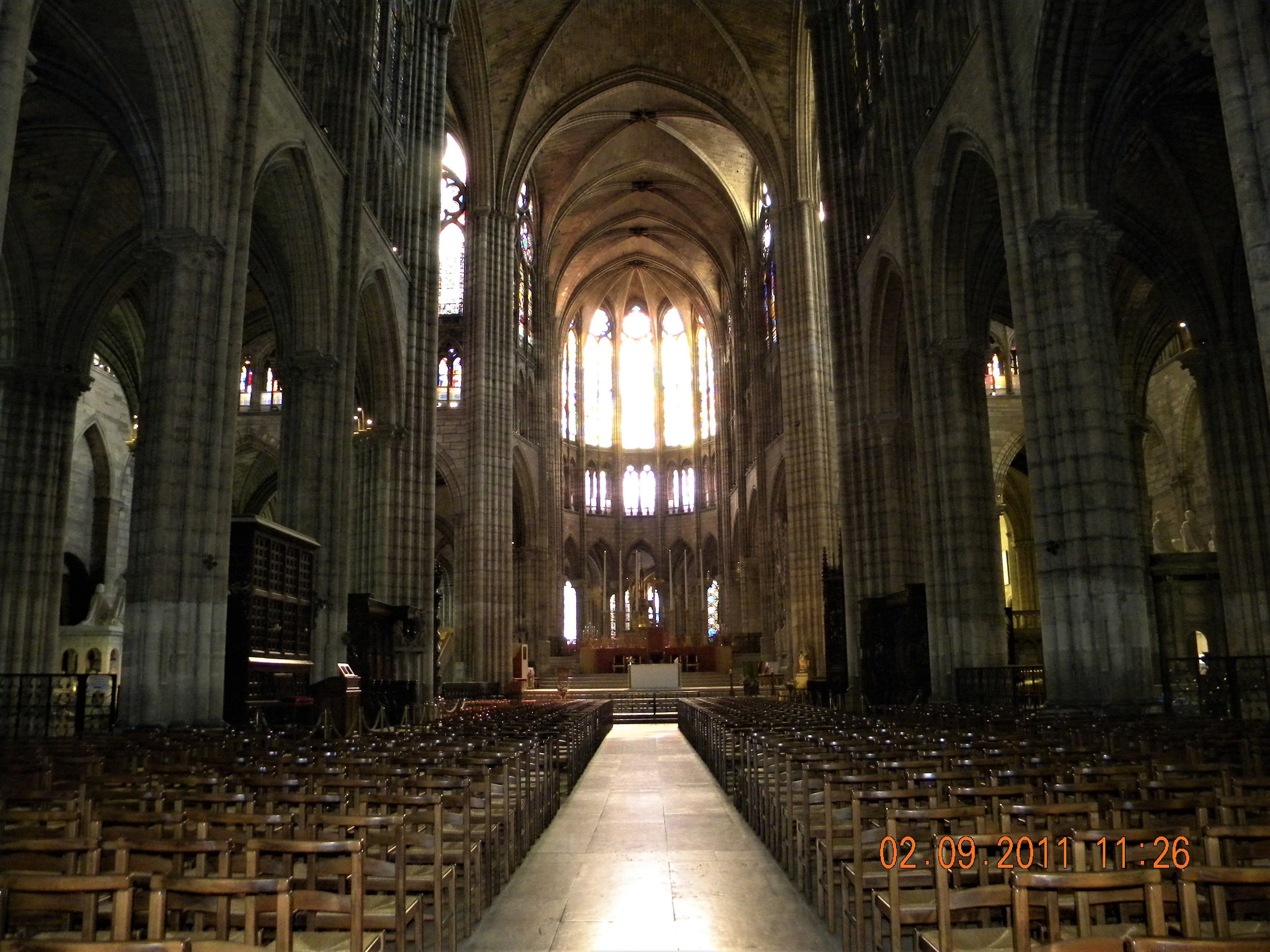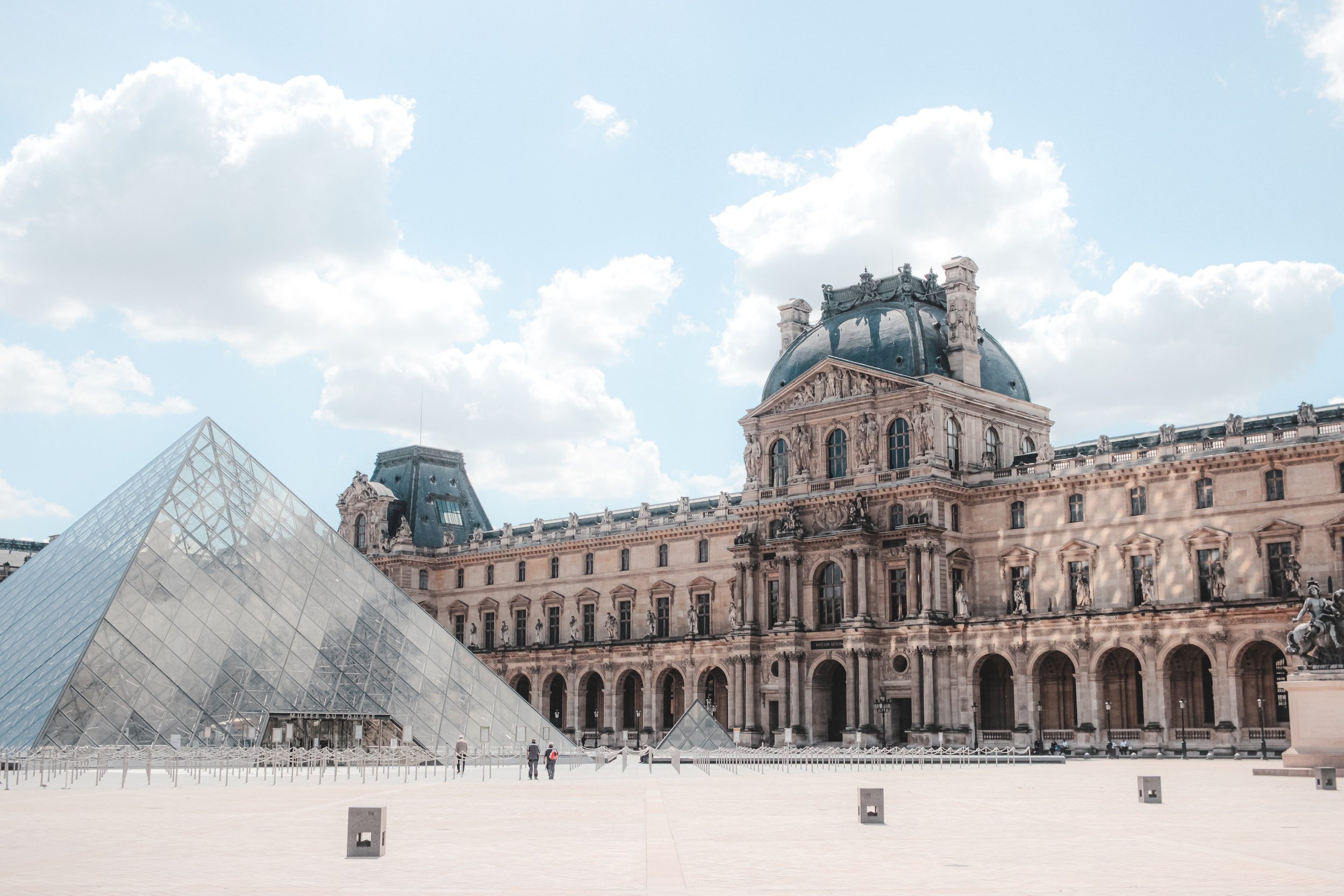Paris—3 Historical Places to Visit
Origins: From Celtic Tribes to the Romans
The evolution of Paris begins at the river Seine. Where the Celtic tribe Parisii (Paris’ namesake) inhabited the lands beginning in the 3rd century BC. The Romans conquered Paris two hundred years later (they called it Lutetia) and only a few Roman ruins remain.
Roman ruins can be seen at the thermal baths (Thermes de Cluny) now part of Musee de Cluny, the Archaeological Crypt of the Île de la Cité and the Arènes de Lutèce (Arena of Lutetia). Preservation of the small part of the Roman amphitheater that remains in the Arènes de Lutèce was spearheaded by none other than famed French author Victor Hugo.
In the 3rd century AD, Saint Denis (now Patron Saint of France) brought Christianity to Paris. As the legend goes Saint Denis was martyred on the hill called ‘Mons Martyrum’ (Hill of Martyrs) now called Montmartre. And as the legend continues, Saint Denis walked carrying his head in his hand to the site of his burial, which leads us to our first building.
Statue of St. Denis at Notre Dame photo by Thesupermat CC 3.0
1. Basilica of Saint Denis
With beginnings as a Gallo-Roman cemetery, this Basilica sits just north of Paris on the site where Saint Denis allegedly walked to his own burial. In the 4th century, it became a small church, and due to its popularity as a pilgrimage site it expanded into a Benedictine monastery in the 7th century.
In the 9th century it was expanded again and a church was built in the Pre-Romanesque Carolingian style. From the 10th century up until the 19th century nearly every King of France was buried here.
In 1135, Head Abbot Suger began expanding and rebuilding the abbey in the new style of Gothic architecture. The construction of the choir paired together elements of Gothic architecture, rib vaulting, pointed arches, and flying buttresses for the first time in a holistic way. The unification of these elements is how the Basilica of Saint-Denis became known as the birthplace of Gothic architecture.
Basilica of Saint Denis photo by Ninaras CC 4.0
2. Sainte-Chapelle
Follow a road that’s been around since the Gallo-Roman times, the Rue de la Chapelle, back into the city and make your way onto the Île de la Cité (City Island) in the river Seine. Within the Palais de la Cité (City Palace) sits the 13th century Sainte-Chapelle.
Commissioned by Louis IX in the 13th century to house his relics of Christ, including the Crown of Thorns. Sainte-Chapelle is considered one of the best examples of the Rayonnant period of Gothic architecture. Rayonnant style was a departure from High Gothic style seen at Chartres Cathedral and focused on spatial unity, refined decoration and the incorporation of the Rose window among larger windows.
Sainte-Chapelle was a testament of the prestige of the French Monarchy. It has one of the most impressive stained-glass collections from the 13th century. After the French Revolution Sainte-Chapelle was secularized and is now a museum.
Saint Chapelle photo by Didier B CC 2.0
3. The Louvre
On the Right Bank along the river Seine sits The Louvre. You may know it as the museum that holds the world’s most famous painting, Leonardo da Vinci’s the Mona Lisa, but it also has a storied past. First built as a fortress in 1190 by Philippe Auguste it became a royal residence in the 14th century. Remnants of the 12th century fortress can still be seen in the basement.
Inspired by the Renaissance, Francis I, King of France commissioned a rebuild as a magnificent palace. The king invited Leonardo da Vinci to visit and the artist brought his painting the Mona Lisa with him. Over the years additions were made including Louis XIV commission of the classical colonnade. The Louvre is now most notably made up of French Renaissance, French Baroque, and Neoclassical architectural styles.
Over the years, the Louvre became the place where French royalty kept their private art collections. It was later turned into a museum and officially opened to the public in 1793.
The Louvre photo by Unsplash @matreding
Late 19th century: Haussmann
No overview of Paris architecture can be complete without mentioning Baron Haussmann, who under Napoleon III (nephew of Napoleon Bonaparte) transformed the urban fabric of Paris. Under a massive renovation, medieval neighborhoods were demolished making way for tree lined boulevards, parks, and new builds.
Deep dives
If you’d like to learn more about the history I’d recommend the book the Seven Ages of Paris by Alistair Horne, it begins with Philippe Auguste (mentioned above) and goes through post WWII. A classic by the aforementioned Victor Hugo is the Hunchback of Notre Dame and if you have little ones in your life a nice overview of the city can be found in the book A Walk in Paris by Salvatore Rubbino.
*As an Amazon Associate I earn from qualifying purchases.





